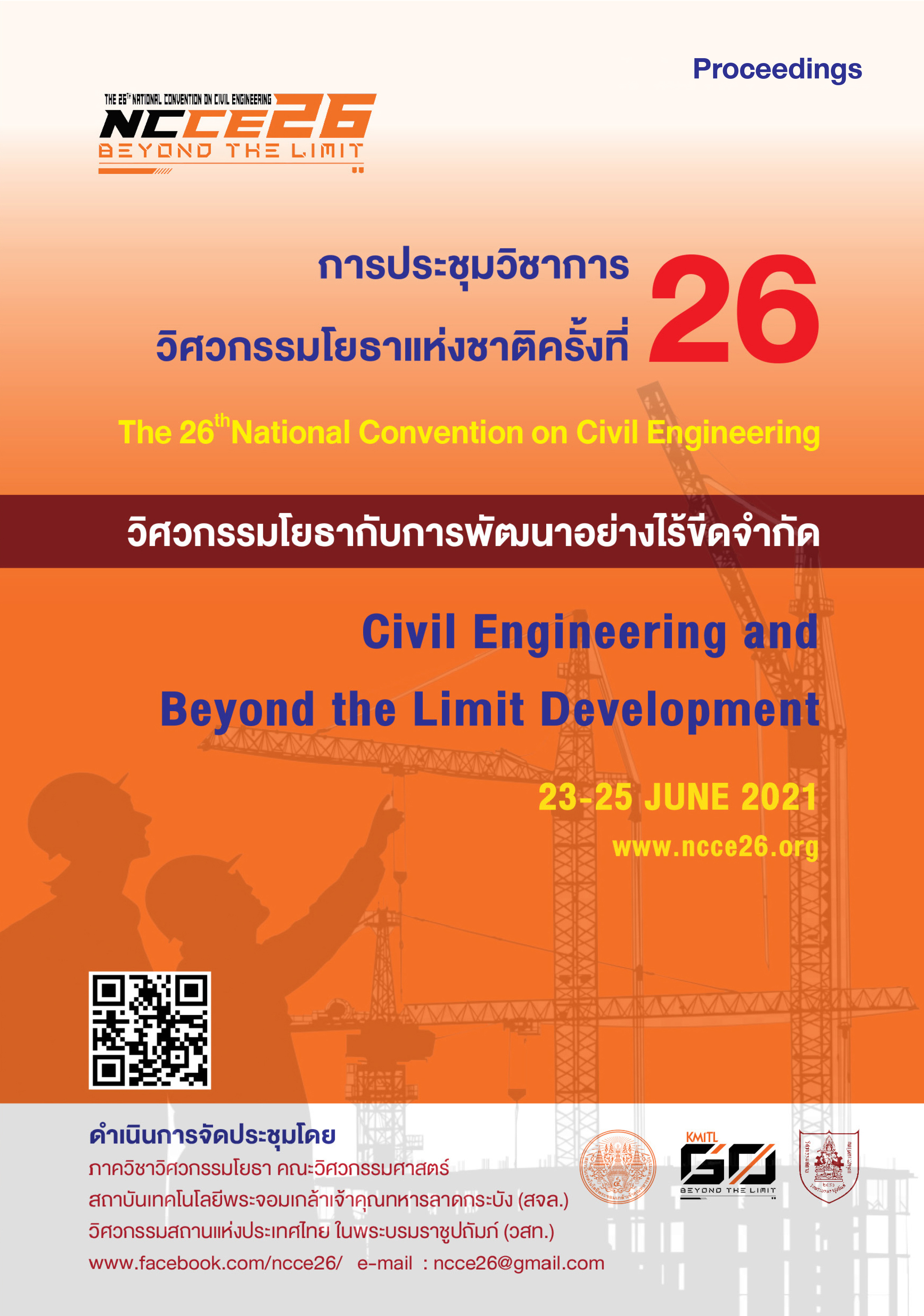การศึกษาพัฒนาการของจุดความร้อนจากไฟในภาคเหนือของประเทศไทยโดยใช้การประมาณความหนาแน่นแบบเคอร์เนล
คำสำคัญ:
VIIRS, วิธีการประมาณความหนาแน่นแบบเคอร์เนล, ข้อมูลจุดความร้อนเชิงพื้นที่และเวลาบทคัดย่อ
การเผาชีวมวลจำพวกเศษวัชพืชและต้นไม้นั้นเป็นหนึ่งในสาเหตุหลักของการเกิดปัญหามลพิษทางอากาศบริเวณภาคเหนือของประเทศไทย เนื่องจากส่งผลให้เกิดควันพิษและฝุ่นละอองขนาดเล็ก ซึ่งส่งผลต่อปัญหาสุขภาพ กระทบต่อเศรษฐกิจและสังคมภายในประเทศ อีกทั้งยังบดบังทัศนะวิสัยอีกด้วย ซึ่งรูปแบบและสาเหตุของการเผานั้นยังไม่สามารถบ่งบอกชัดเจนได้โดยเฉพาะในบริเวณพื้นที่ป่าสงวน เนื่องจากเป็นพื้นที่ที่ไม่สามารถสำรวจภาคพื้นสนามอย่างละเอียดได้ ในปัจจุบันไฟป่าและไฟจากการเผาสามารถติดตามได้ค่อนข้างเรียลไทม์จากระบบเซนเซอร์บนดาวเทียม นั่นคือ Moderate Resolution Imaging Spectroradiometer (MODIS) และระบบใหม่ที่สามารถให้ความละเอียดที่ยิ่งขึ้น นั่นคือ Visible Infrared Imaging Radiometer Suite (VIIRS) ในบทความวิจัยนี้ได้นำวิธีการประมาณความหนาแน่นแบบเคอร์เนล (Space-Time Kernel Density Estimation) ในการวิเคราะห์ข้อมูลจุดความร้อนเชิงพื้นที่และเวลาที่ได้มาจากระบบ VIIRS ระหว่างวันที่ 1 ธันวาคม พ.ศ. 2562 และ วันที่ 4 เมษายน พ.ศ. 2563 การวิเคราะห์ดังกล่าวแสดงให้เห็นบริเวณที่มีไฟเกิดขึ้นหนาแน่นและการเปลี่ยนแปลงของไฟตามเวลา ซึ่งผลที่ได้จากการวิเคราะห์ได้นำมาแสดงผลในรูปแบบของ 3 มิติเชิงพื้นที่และเวลาทำให้ผู้ใช้งานสามารถเปรียบเทียบระหว่างเวลาได้ ทั้งยังเห็นถึงการเปลี่ยนแปลงเชิงพื้นที่ของบริเวณกลุ่มความร้อนเริ่มต้นจากขนาดเล็กจนขยายกว้างและสามารถบ่งชี้บริเวณเริ่มต้นของไฟ โดยเพื่อการประเมินความถูกต้องนั้น บทความนี้ยังได้รายงานเปรียบเทียบข้อมูลที่ได้และข่าวเกี่ยวกับการเกิดไฟป่า ผลการวิเคราะห์เหล่านี้จึงเป็นประโยชน์ต่อการป้องกันอัคคีภัยและยังสามารถใช้ในการพยากรณ์การเกิดไฟได้อีกด้วย
Downloads
ดาวน์โหลด
เผยแพร่แล้ว
วิธีการอ้างอิง
ฉบับ
บท
การอนุญาต
บทความทั้งหมดที่ได้รับการคัดเลือกให้นำเสนอผลงานในการประชุมวิชาการวิศวกรรมโยธาแห่งชาติ ครั้งที่ 26 นี้ เป็นลิขสิทธิ์ของ วิศวกรรมสถานแห่งประเทศไทย ในพระบรมราชูปถัมภ์



